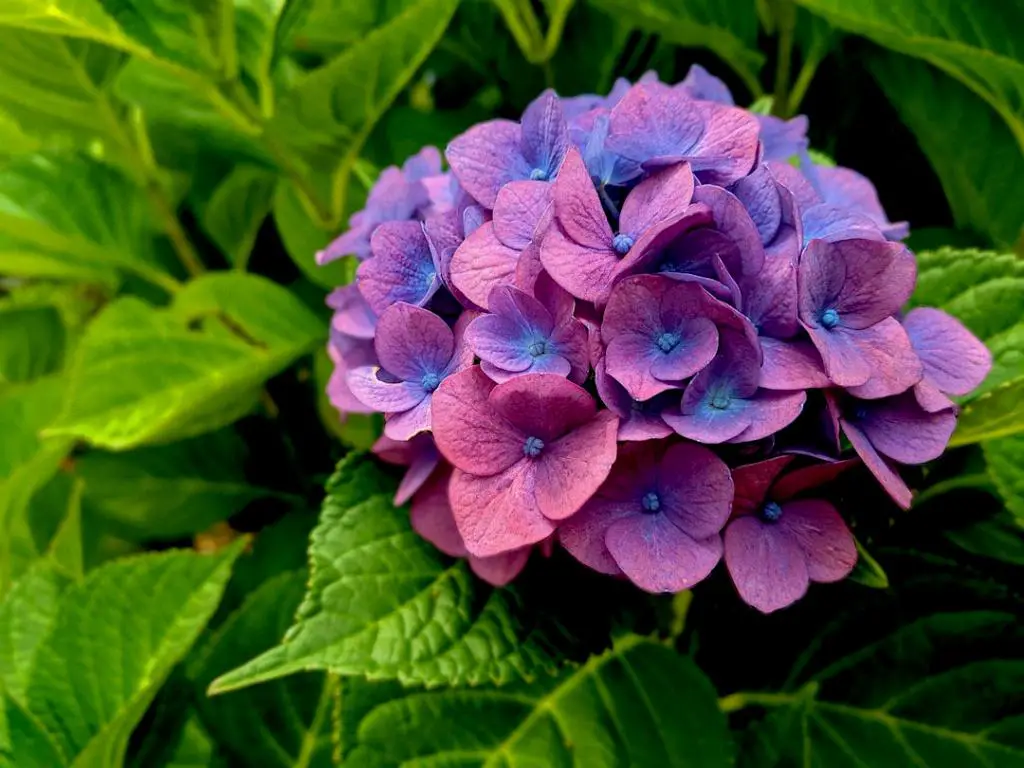If you are wondering when to cut back your hydrangea plant, there are a few key factors to keep in mind. One of the critical considerations is the time of year. You have a few options for when to prune your hydrangeas: in the fall, late winter, or spring. Each timing has its advantages, and it’s essential to understand the unique characteristics of your hydrangea variety to make the best decision for your plants.
In general, hydrangeas with conical-shaped flower heads are best pruned by cutting back the stems to just above a fat bud. This type of pruning, known as a heading cut, helps promote new growth and vigorous blooming in the following season. However, if you want to enjoy the dried, tan flower heads during the winter months for added visual interest in your garden, it’s advisable to wait to prune until late winter or spring.
Pruning in the fall is an option for those who prefer to get ahead and prepare their hydrangeas for the upcoming winter months. Fall pruning can help tidy up the plant and remove any dead or damaged branches before the cold weather sets in. However, bear in mind that pruning too early in the fall can stimulate new growth, which may be vulnerable to frost damage.
On the other hand, late winter pruning is a popular choice for many gardeners, as it allows the plant to benefit from the natural dormancy period in winter. By waiting until late winter to prune your hydrangeas, you can avoid the risk of encouraging new growth too soon, as the plant remains dormant and less susceptible to frost damage during this time.
For those who prefer to wait until the last minute, spring pruning is also a viable option. Pruning in spring allows you to assess any winter damage and ensure that your hydrangea plants are in optimal condition for the upcoming growing season. While pruning in spring may delay blooming slightly, it can help rejuvenate the plant and promote healthy growth.
It’s worth noting that different hydrangea varieties may have specific pruning requirements based on their growth habits and blooming patterns. For example, smooth hydrangeas (Hydrangea arborescens) bloom on new wood, so they can be pruned more aggressively in late winter or early spring without sacrificing the next year’s flowers.
In contrast, bigleaf hydrangeas (Hydrangea macrophylla) bloom on old wood, meaning they set their flower buds in late summer or early fall for the following year. As a result, it’s best to avoid pruning these varieties in late winter or spring to prevent cutting off potential flower buds.
When deciding when to cut back your hydrangeas, it’s essential to observe the specific characteristics of your plants and understand their blooming habits. By choosing the right time to prune based on your hydrangea variety and local climate conditions, you can promote healthy growth, vibrant flowers, and a stunning garden display throughout the year.

